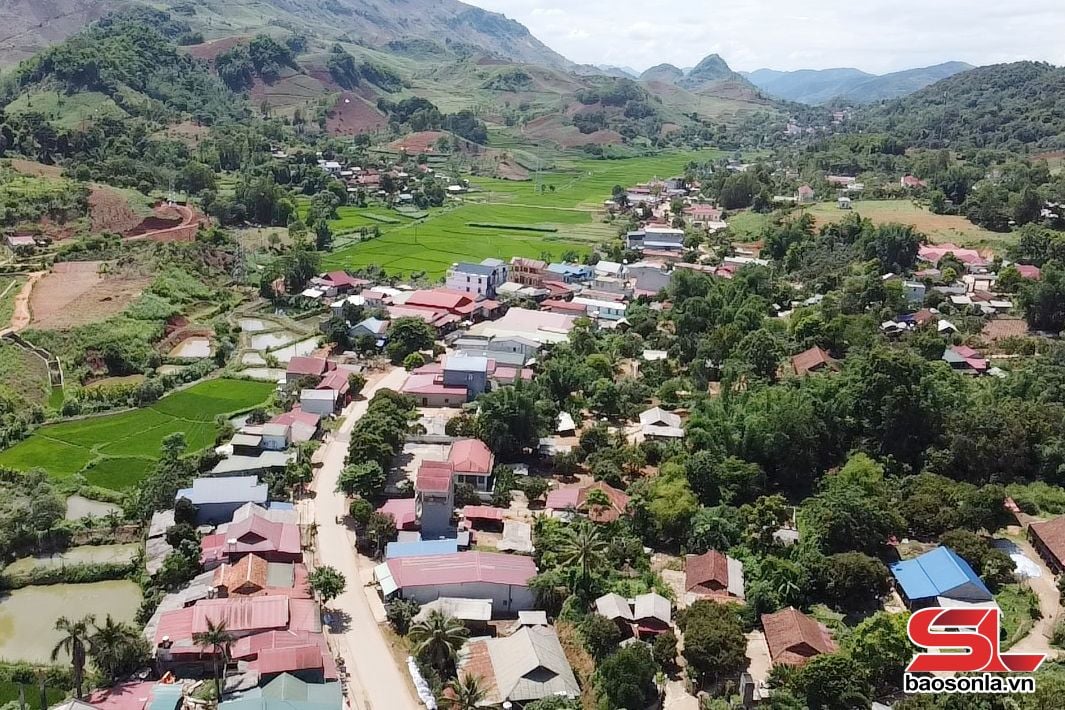
The first imprint of the capital
On February 27, 1892, the first important milestone was recorded when the Governor General of Indochina issued a Decree to establish the Van Bu Sub-Military Region, with the capital located in Van Bu, including Van Yen prefecture, with the districts of Moc, Phu Yen and Son La prefectures including the districts: Son La, Yen, Mai Son, Thuan, Tuan Giao, Dien Bien .
On October 10, 1895, the Governor-General of Indochina issued a decree transferring the Van Bu sub-military region of the 4th military region, which was a military-administered area, to civilian rule. By transferring Van Bu to civilian rule, the colonial government considered that this area had been pacified. That was also a historical milestone, marking the birth of Son La province (now Van Bu province), with the provincial capital located in Pa Giang, Hieu Trai commune.
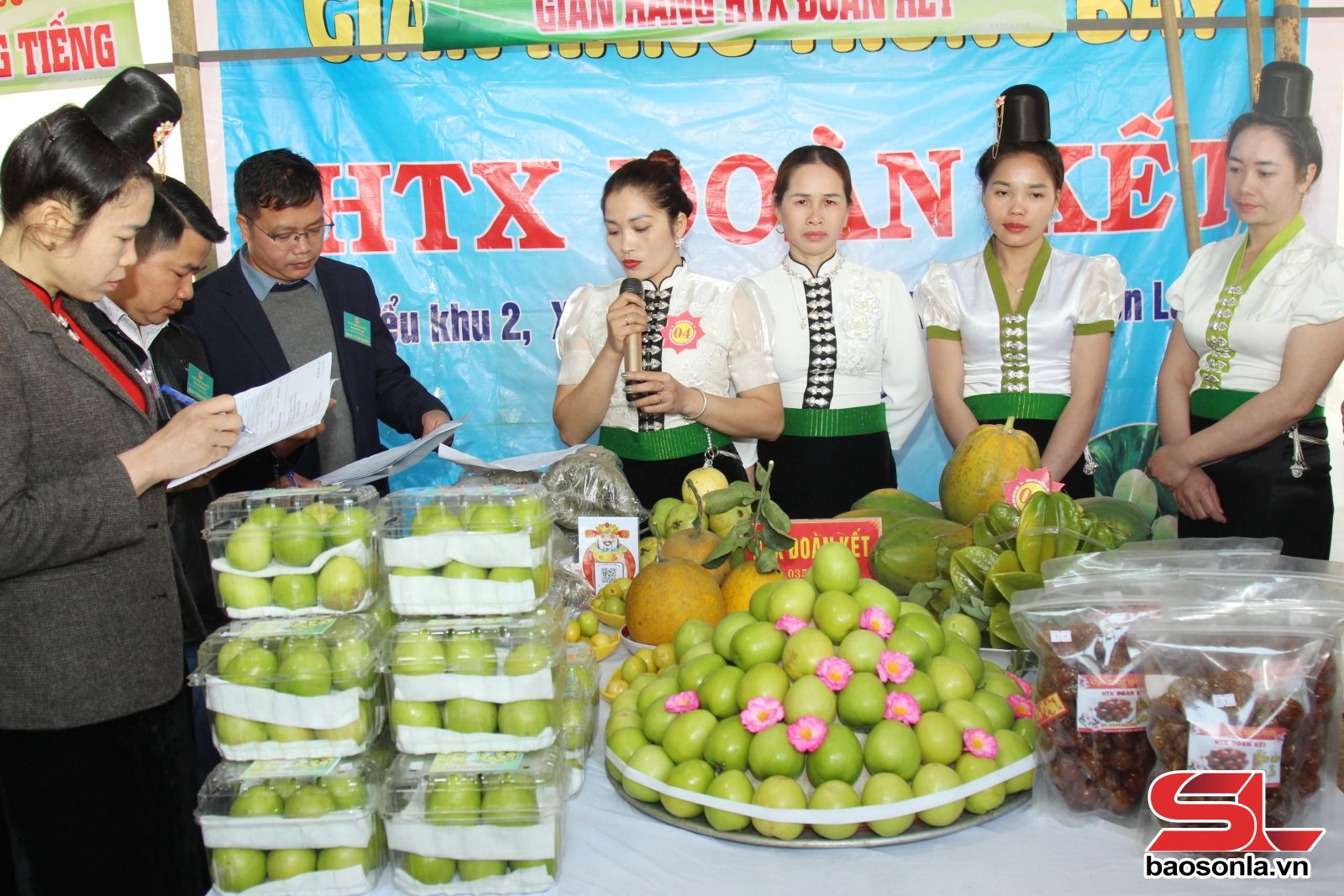
At that time, Van Bu was a primitive capital, bearing the mark of a military post, serving the governing apparatus. Although it was an administrative center, the economic life and infrastructure here were still simple, mainly relying on self-sufficiency. The role of Van Bu as the capital lasted for nearly a decade, until April 7, 1904, the administrative headquarters was moved to Son La, and on August 23, 1904, Van Bu, which belonged to Ta Bu commune, which had previously been merged, was officially renamed Son La province.
After many administrative boundary adjustments, especially after the reorganization of the government model, Van Bu, which belonged to Ta Bu commune, old Muong La district, was now merged with Muong Chum and Muong Bu communes to become Muong Bu commune, with a total area of 213.65 km2 and a population of 25,284 people. Muong Bu commune is located along National Highway 279D, an important gateway adjacent to the center of Son La province today. Thanks to this advantage, Muong Bu is increasingly asserting its position as one of the most dynamically developing areas in the region.
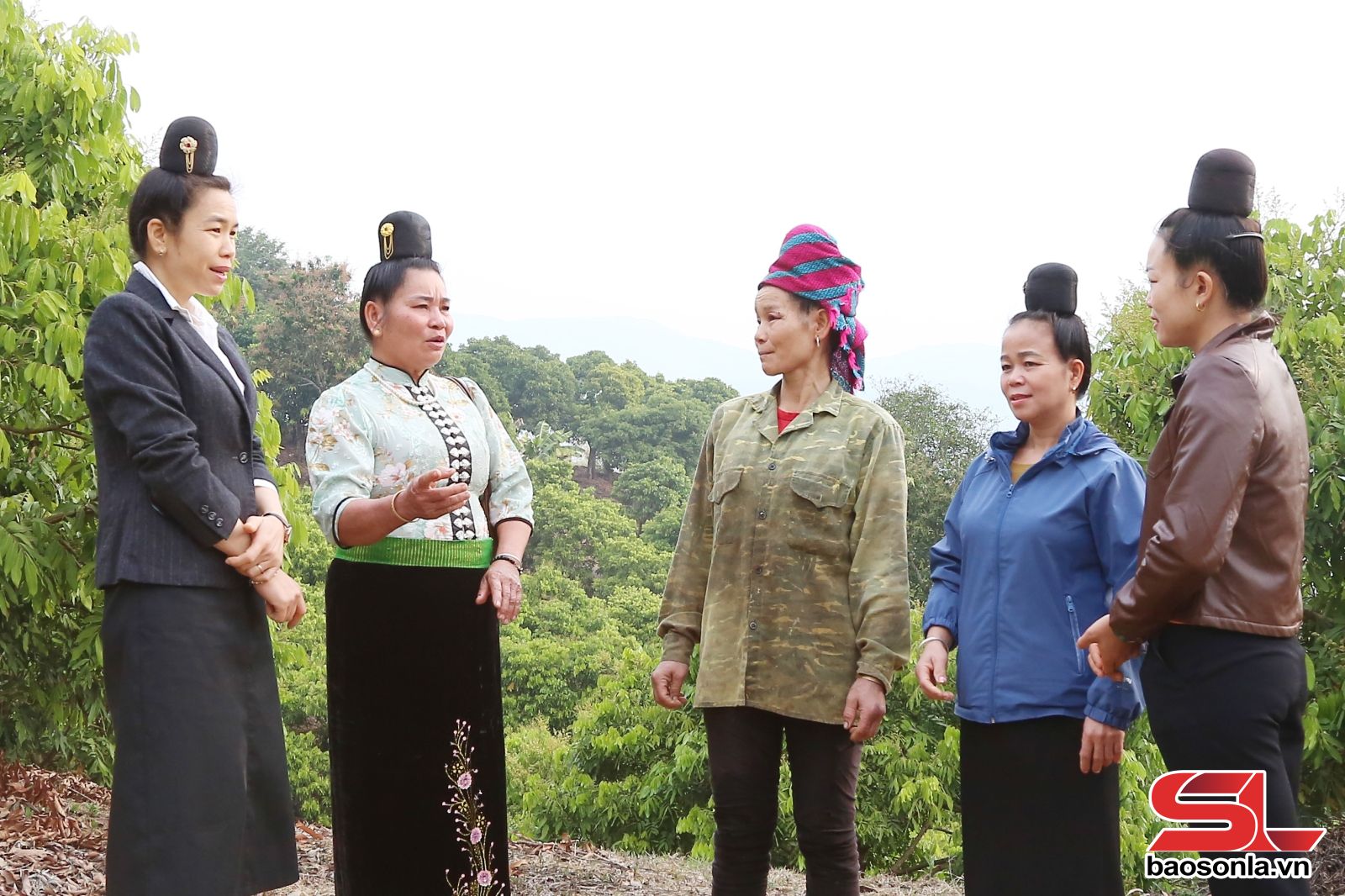
New vitality at the foot of Cao Pha pass
Coming to Muong Bu today, we clearly feel the strong transformation of the land at the foot of Cao Pha Pass. The rural face seems to be wearing a new coat, with the roads to the village being concreted, spacious and clean, with solidly built houses on both sides; on the hillsides covered with green fruit gardens, a full life is present here.
Mr. Lu Van Quy, Chairman of Muong Bu Commune People's Committee, said: In recent years, under the leadership of the Party Committee and the Government, Muong Bu has achieved outstanding achievements in economic development. Agriculture continues to play a key role, with impressive transformations, forming sustainable production chains and completely shifting from small-scale production to concentrated commodity production. In particular, fruit trees are the economic spearhead that has truly brought a stable source of income and contributed to comprehensively changing the lives of the people here.
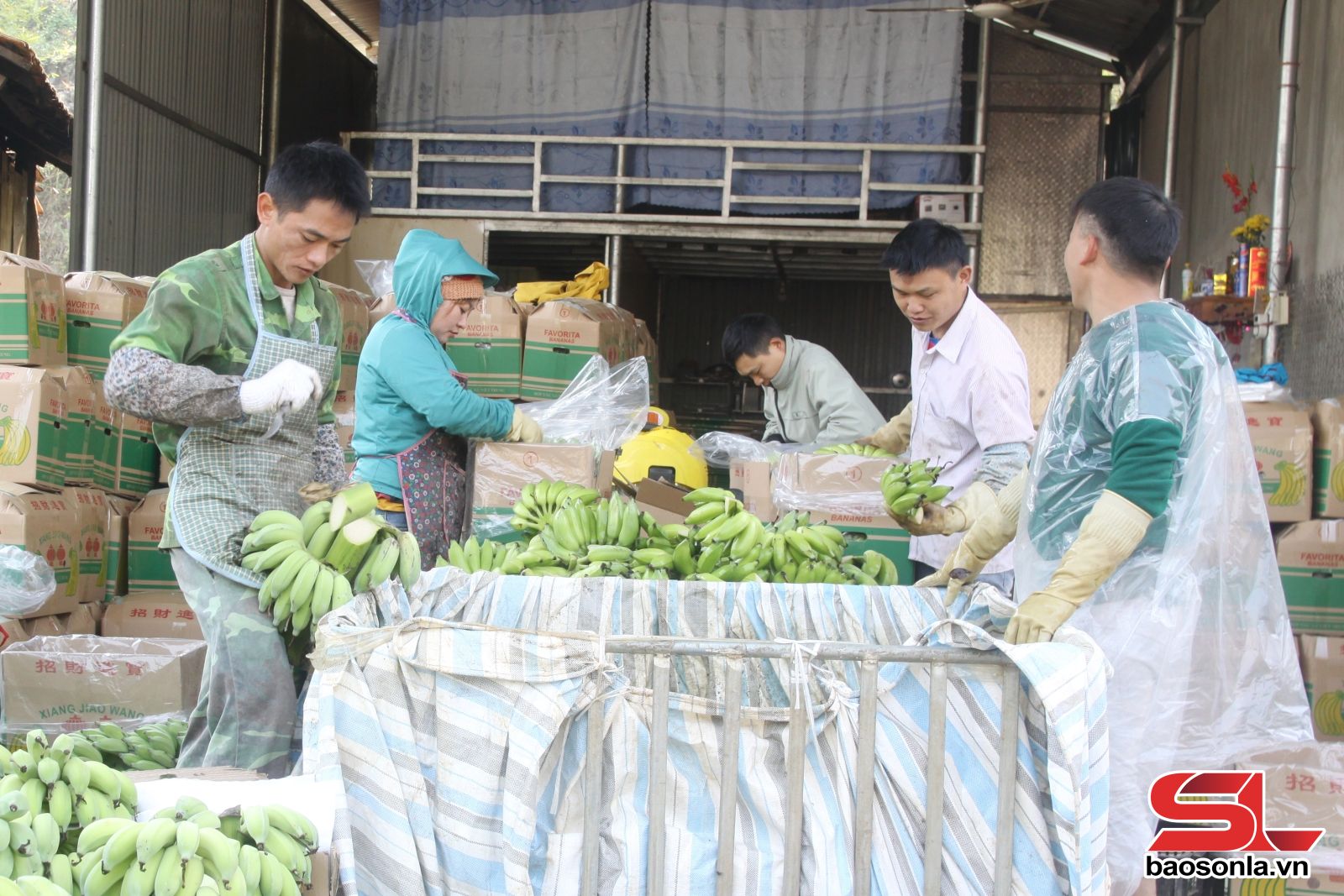
The whole commune currently has more than 3,400 hectares of fruit trees of all kinds, with an output of about 14,270 tons/year. People are promoting organic production, ensuring safety according to VietGAP standards. Focusing on improving the quality of agricultural products, Muong Bu has built 2 high-quality growing areas, along with export growing area codes for longan and mango, opening the door for agricultural products to reach the world. In the commune, 13 cooperatives have been established, linking with thousands of households in and outside the province for production and processing.
HT Agricultural Cooperative, established and operating since October 2023, stands out as a model of dynamism, run by a team of local youth, has effectively exploited the abundant source of bananas to specialize in processing high-quality dried and soft-dried banana products, creating a stable source of income for people.
Ms. Quàng Thị Mai, Director of the Cooperative, shared: In Muong Bu and Muong La communes, there are currently more than 1,400 hectares of banana trees. Previously, people mainly sold fresh fruit, which was not very profitable. After researching and learning, the Cooperative invested in frying machines, industrial dryers, vacuum machines, and centrifugal oil separators to process banana products. After deducting expenses, the profit is about 200 million VND/year. The Cooperative creates regular jobs for 3-5 workers who are ethnic minority youths in the area.
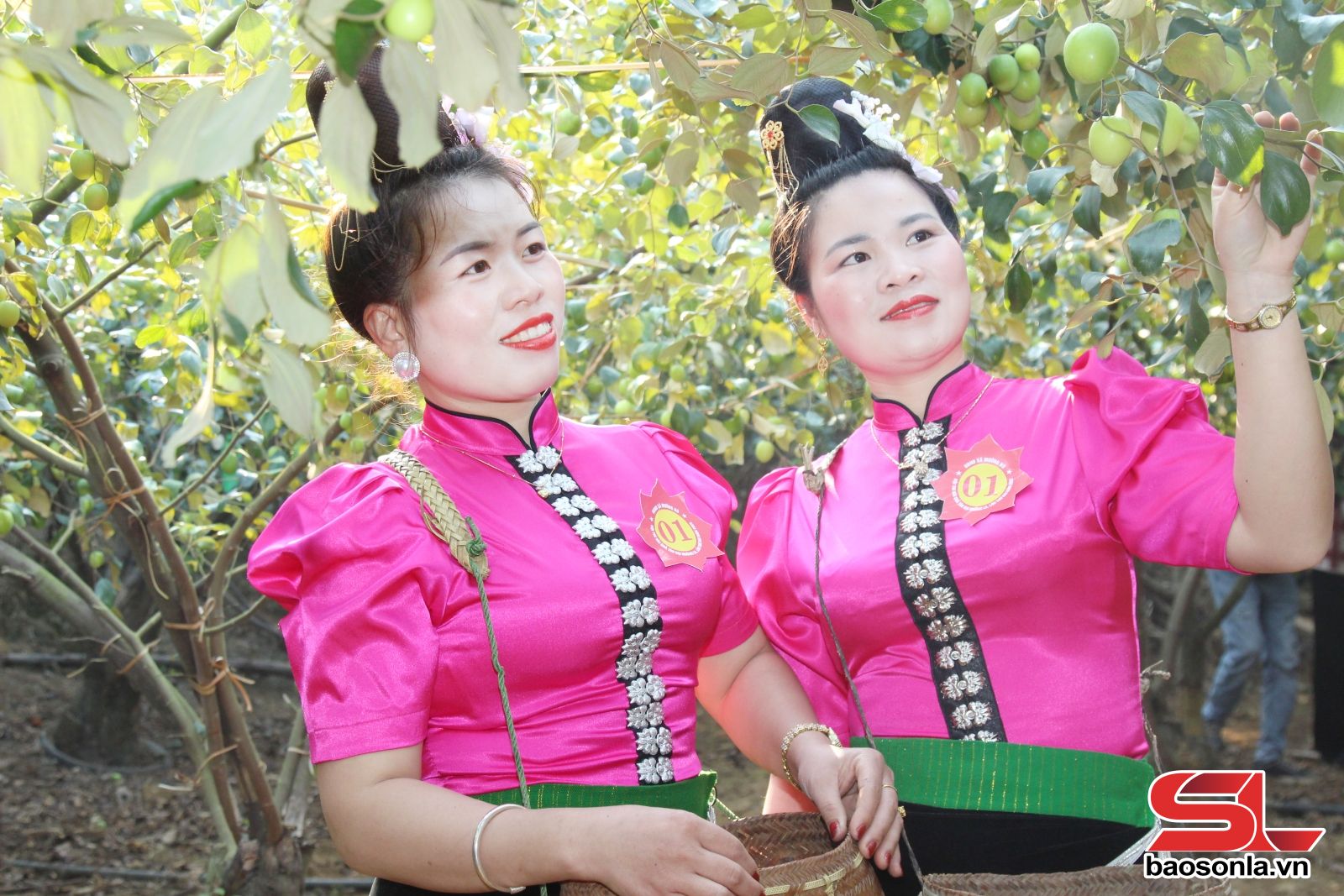
In Cup village, Musa Green Joint Stock Company has invested 15 billion VND in a system to preserve 4,000 to 6,000 tons of agricultural products per year and produce 1 million cubic meters of banana fiber and process 5 tons of bananas per day into banana powder, creating a stable livelihood for 60 local workers. To ensure a sustainable supply of raw materials for the factory, Muong Bu commune has planned a raw material area for growing bananas in a contiguous area, with a total area of nearly 570 hectares in Cup, Na Nong, sub-area 2, Gian village, Muong Bu, Bung Dien, Hua Bo, Chon village and Na Xi. At the same time, it has proposed to issue planting area codes, forming a concentrated and specialized commodity production area for key crops such as mango and banana.
In addition, farmers have proactively switched to large-scale concentrated livestock farming. The total livestock and poultry herd of the commune is nearly 11,000 buffaloes and cows; over 11,000 pigs; nearly 5,200 goats and more than 90,000 poultry. Many effective models have been replicated, typically the model of raising cows in barns, combined with grass growing in Ket and Ta Bung villages. Currently, CMC Muong La Joint Stock Company has invested in a farm raising 3,600 breeding pigs and 200 boars in Tom village, promoting large-scale livestock farming and creating jobs for local people.
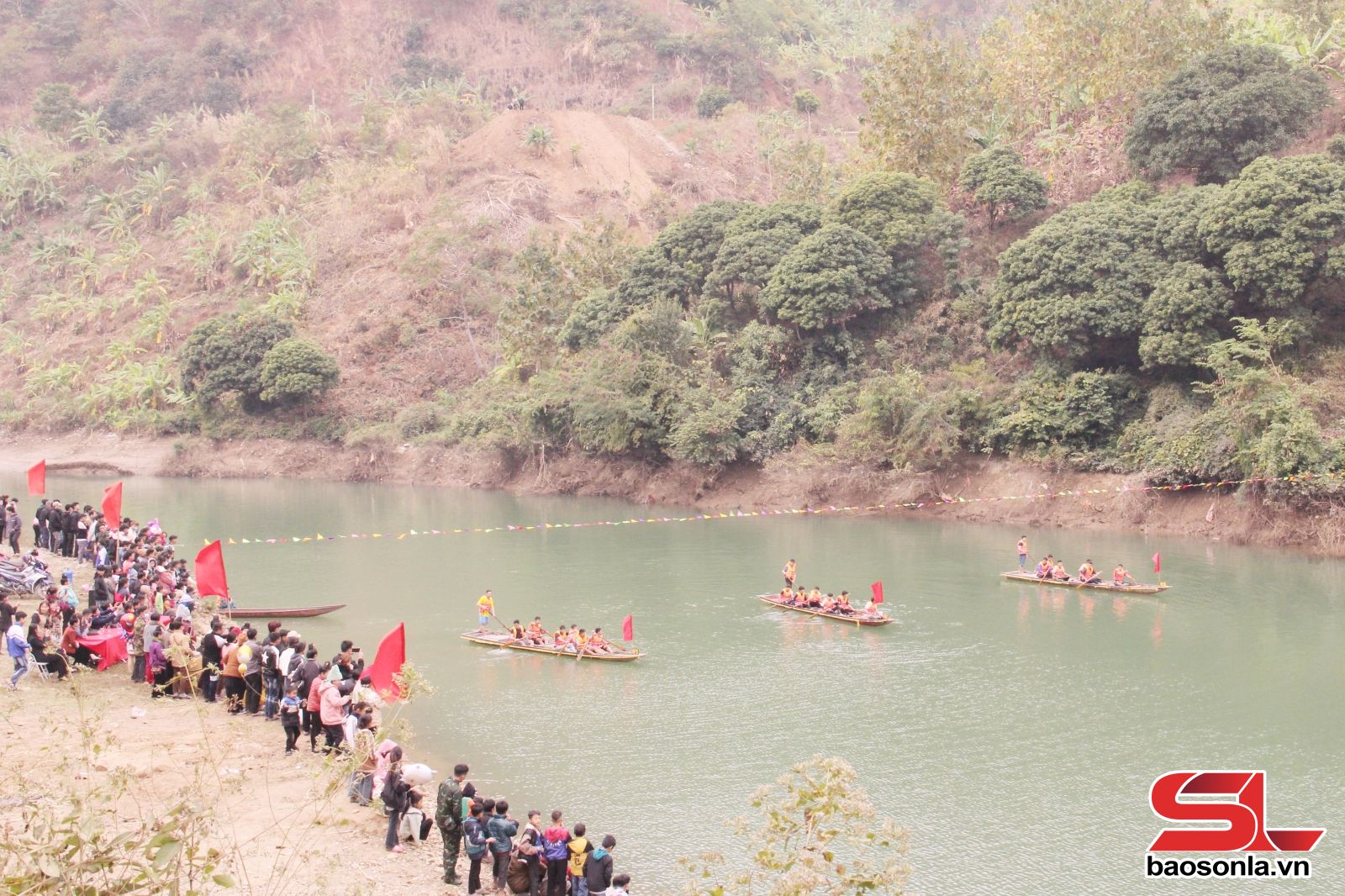
There have been many significant changes in planning and construction investment. Many important infrastructures have been invested in, such as upgrading Provincial Road 116 and building hundreds of kilometers of concrete roads within the village, contributing to a comprehensive change in the rural landscape and promoting Muong Bu to become an important development focus of the region.
Social security activities are of interest, maintaining security and order in the area. Up to now, the poverty rate has decreased to 18.25%; the number of households achieving cultural family status accounts for 81.89%; 81% of villages are cultural; 35% of villages have achieved 4 no on drugs...
Over a century of construction and development, with constant efforts and will to rise, Muong Bu today has become dynamic and taken on a new stature. The achievements will be the premise and motivation for the Party Committee and people of Muong Bu ethnic groups to firmly believe in the path of building a civilized and prosperous homeland, affirming its position as an important economic and social center of the region.
Source: https://baosonla.vn/xa-hoi/van-bu-xua-va-muong-bu-hom-nay-AQPbDA6Ng.html


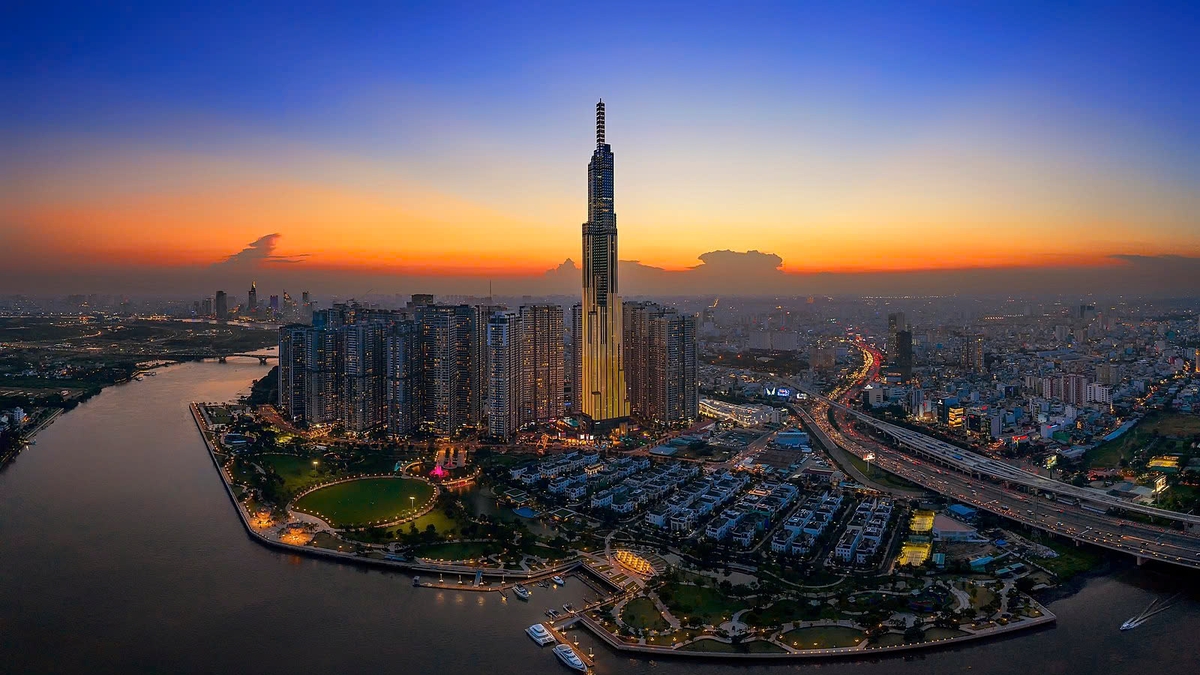







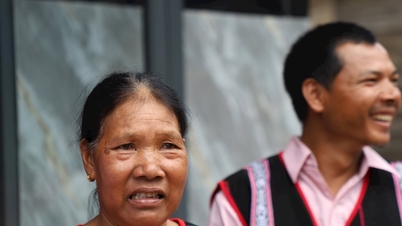



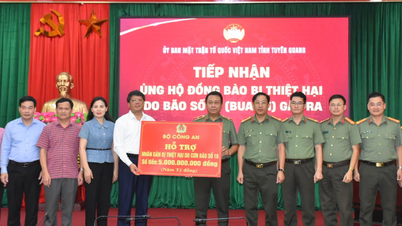

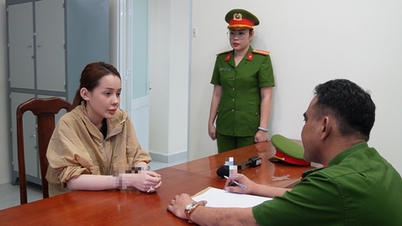
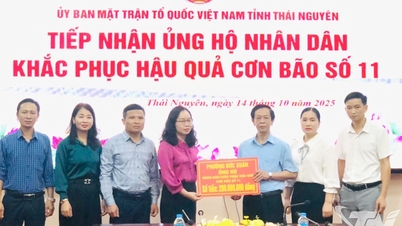





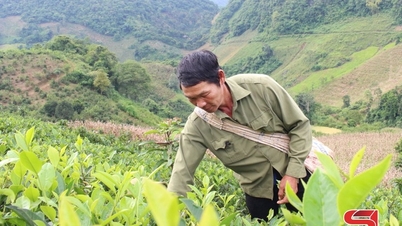
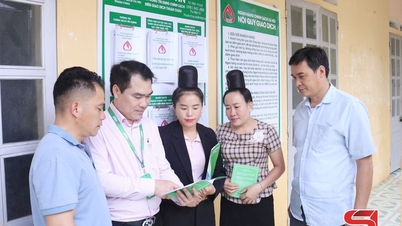
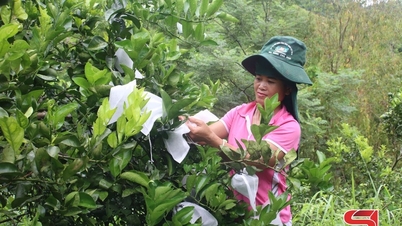
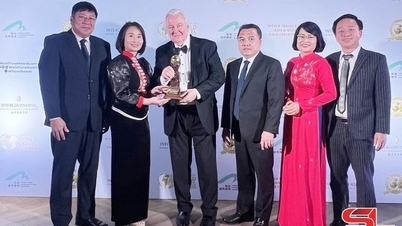
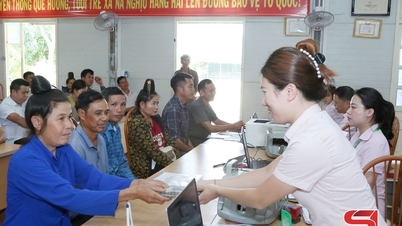


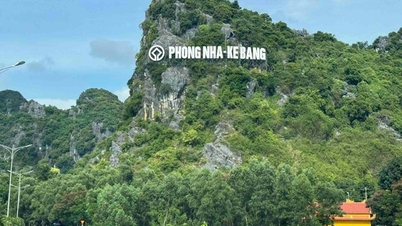

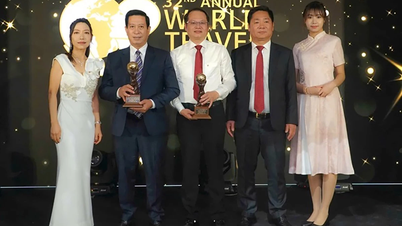

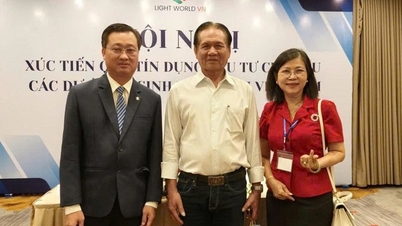



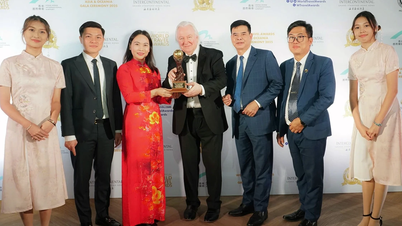



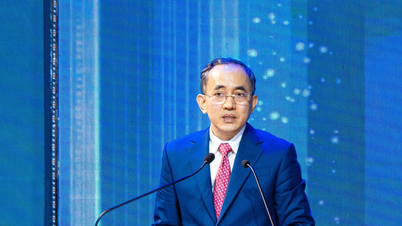



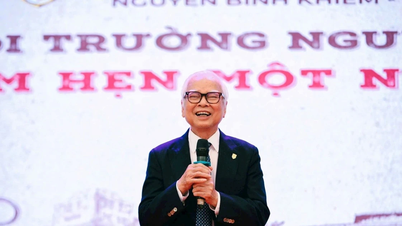






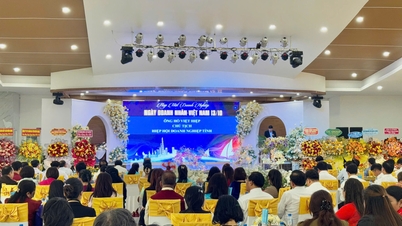

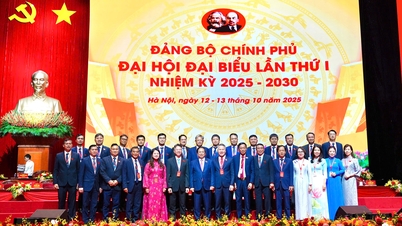
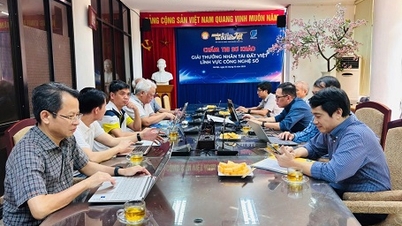

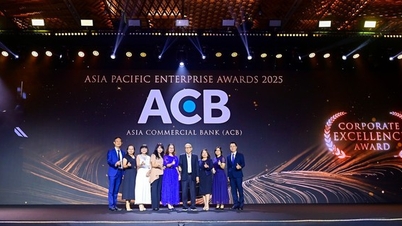







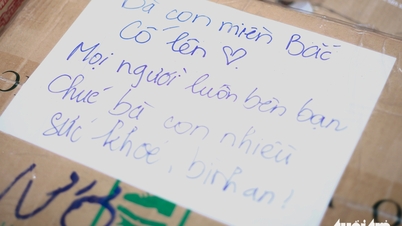

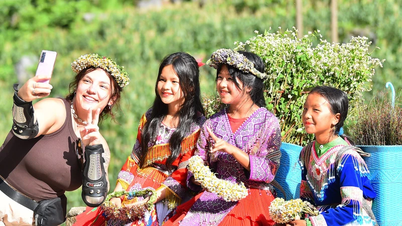
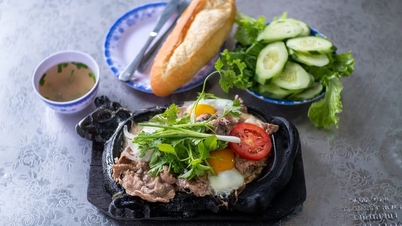



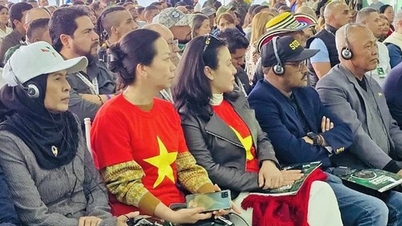

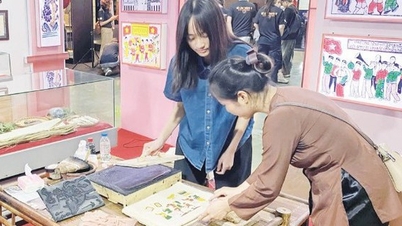
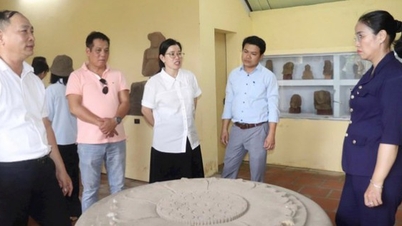
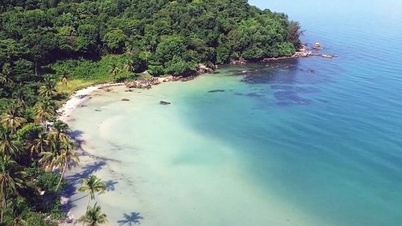

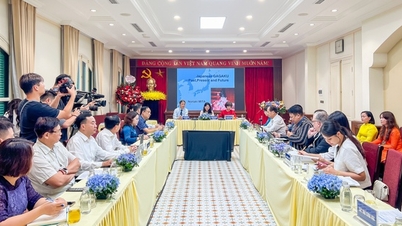
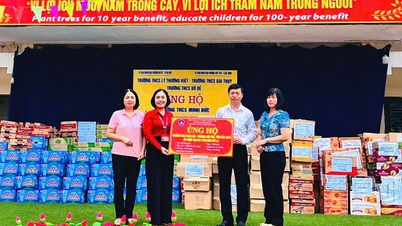

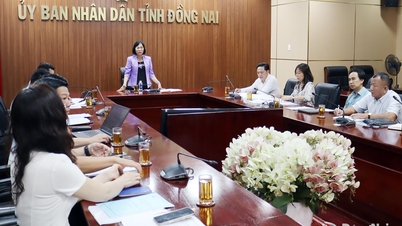

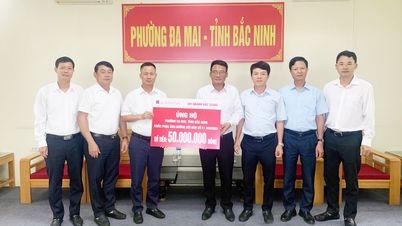
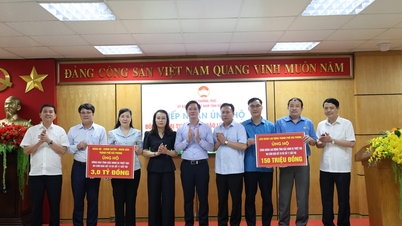


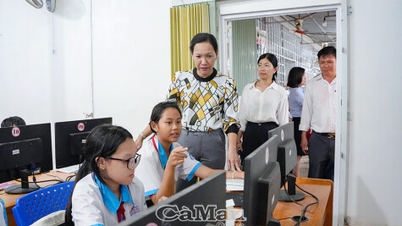












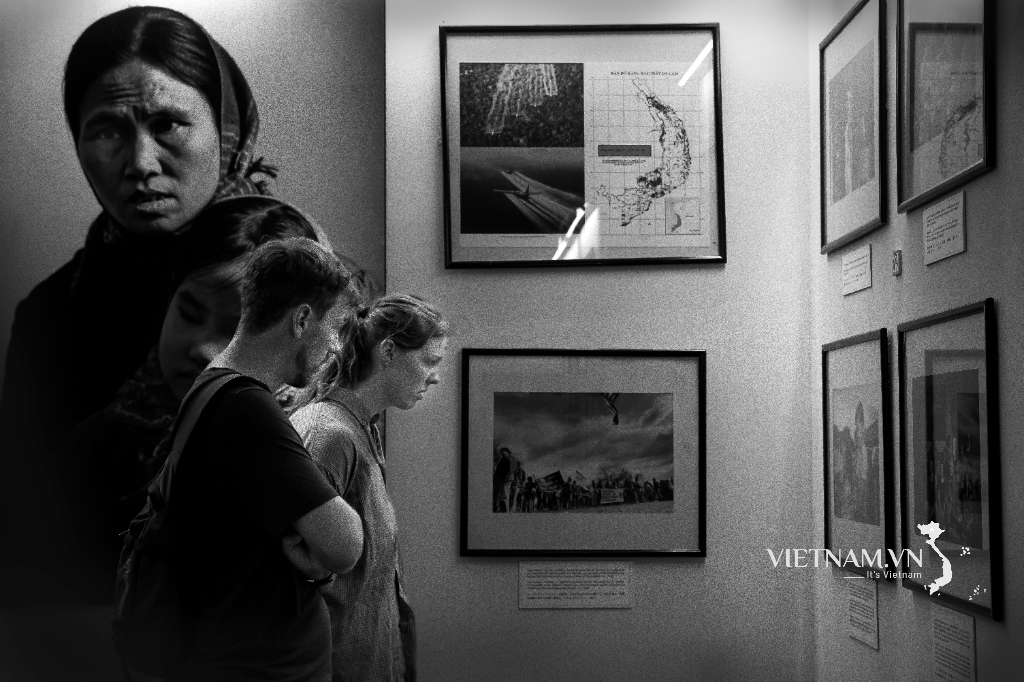



Comment (0)